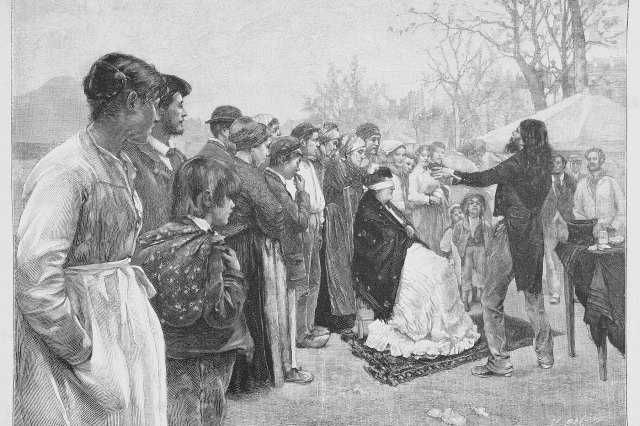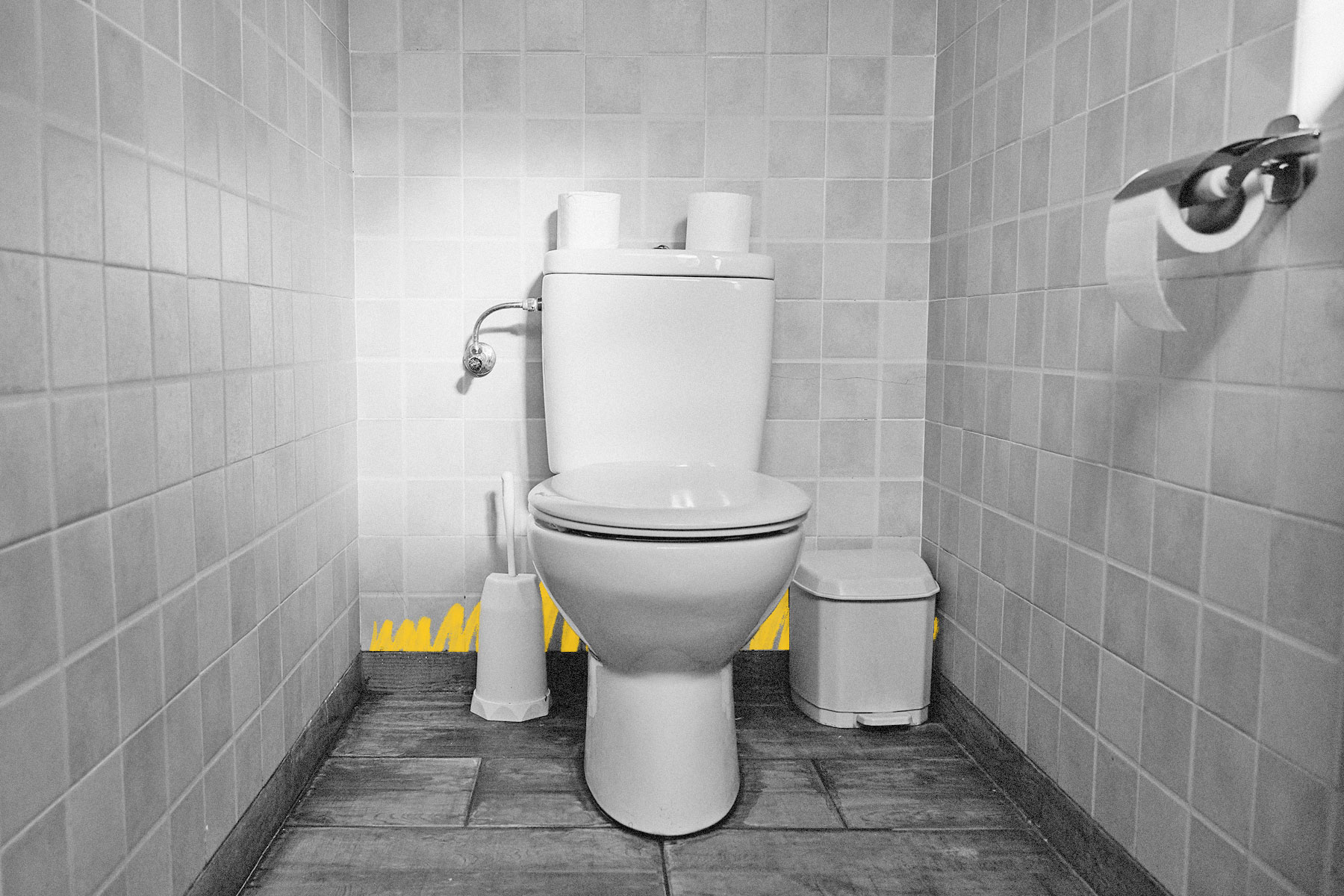Bathrooms didn’t exist until the 19th century.
As difficult as it is to imagine, access to a full bathroom wasn’t a household norm until well into the 19th century. Though the flush toilet was invented in England in 1596, the general public still used chamber pots and outhouses for centuries after, as most houses didn’t have indoor plumbing. It wasn’t until the end of the 1800s — after inventor Alexander Cumming improved toilet design with the S-bend, which trapped smells — that toilets became common in homes, especially in upper-class households, and even then they were initially kept separate from the bathtub and sink, in a room referred to as the “water closet.” Noting the lack of sanitation caused by pipes and traps running from room to room, health care professionals began urging architects to streamline their plumbing into a single location. Architects relented, and the “bathroom” was born.
By the late 1800s, most upper-class homes in the United States and the U.K. were outfitted with a tub, toilet, and sink, and middle-class homes followed soon after. In the wake of the First World War, bathrooms became increasingly common in working-class households, but still weren’t universal in the United States until the middle of the 20th century. Advances in plumbing led to the mass-production of the affordable, two-piece toilets still used today, and made the bathroom a household staple.
You may also like
Recommendations For You
-
01.
 Science & Industry
Science & IndustryWhy Did Doctors Wear Beak Masks During the Bubonic Plague?
-
02.
 Science & Industry
Science & Industry5 Inventions That Came Out of the Great Depression
-
03.
 Science & Industry
Science & Industry6 Amazing Breakthroughs Made by the Ancient Greeks
-
04.
 Science & Industry
Science & Industry6 Shocking “Scientific” Beliefs From Victorian England











